Oceans
1/38
There's no tags or description
Looks like no tags are added yet.
Name | Mastery | Learn | Test | Matching | Spaced |
|---|
No study sessions yet.
39 Terms
Ocean Coverage (Surface & Biomass)
Cover 71% of Earth’s surface
The largest type of salt water body
Contain 99% of Earth’s living biomass
Main roles of the ocean (4)
70% of oxygen in atmosphere due to oceanic photosynthesis
Regulates the atmosphere’s chemical composition
Modifies Earth’s climate and weather systems
Main food source for >50% of the pop.
Sound
Long body of deep water that connects two seas (inlet)
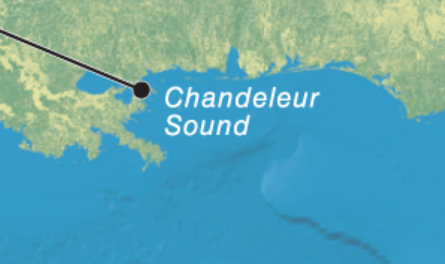
Gulf
Deep inlet of the sea almost surrounded by land, with a narrow mouth; Larger bays
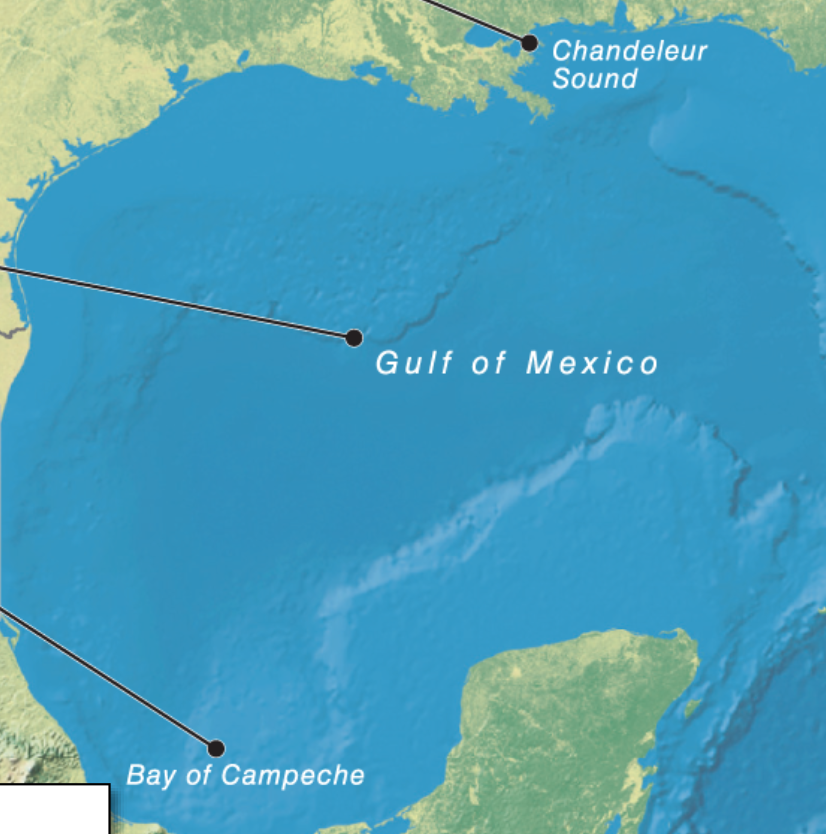
Bay
Inlet of calm waters with land surrounding it on three sides; Can be found in Gulfs
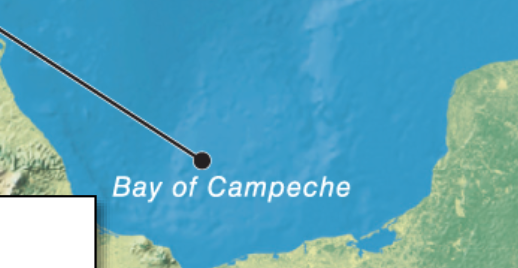
Strait
A narrow passage of water connecting two large bodies of water
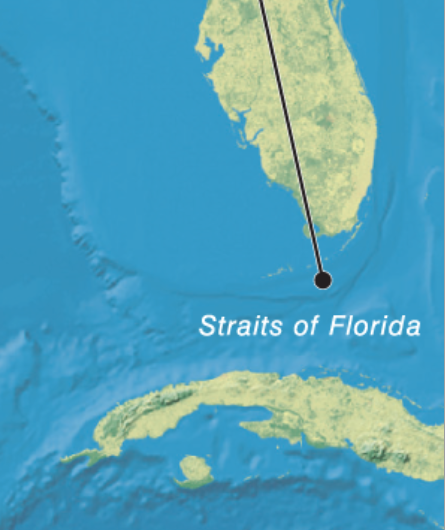
Sea
Large body of salt water defined by the presence of continents
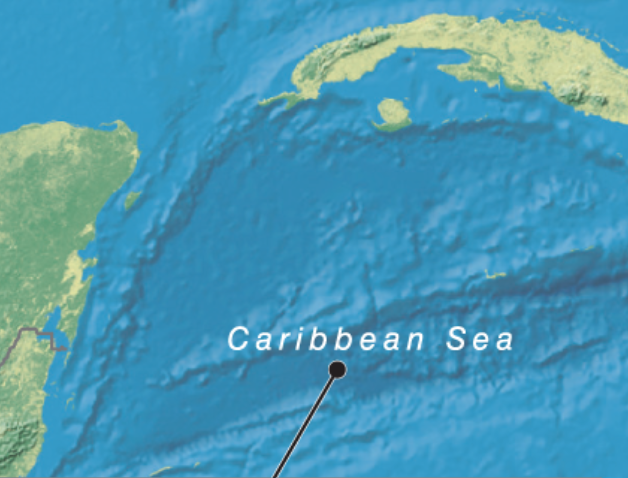
Continental Shelves
Shallow, sloping areas near continental margins
Continental Slopes
Transition between continental shelves and deep seafloor
Abyssal Plains
Large flat areas between 4,000 and 6,000 m (13,000–20,000 ft)
Bathymetry
The process of measuring the depth and topographic features beneath the surface of a body of water
Pelagic
Open ocean ecosystems
Open ocean (pelagic) ecosystems are the most ____ ______ and its open waters cover ___% of Earth’s surface
Geographically extensively; 50%
Mesopelagic Zone
Deep sea with extremely high pressure; Sunlight does not reach here (ends at 3,280 ft)
Surface Ocean vs. Deep Ocean Currents
Surface ocean currents are driven by wind, Deep ocean currents are driven by differences in water density
Gyre
Large circular surface ocean current
Phytoplankton
Microalgae that contains chlorophyll and requires sunlight in order to live and grow.
Pros of phytoplankton (2)
Produces more oxygen than all the world’s rainforest
Fundamental basis of the marine food chain
Dinoflagellates vs. Diatoms
Dinoflagellates move with flagella & are covered with shells
Diatoms rely on ocean currents to travel through the water & have a rigid structure
Upwelling
The circulation of water from the seafloor to the ocean surface; stirs nutrients to the surface to feed phytoplankton
Polar Waters
Not thermally layered so upwelling of nutrients is strong; Many organisms migrate here for its nutrients
Harmful Algal Blooms (HAB)
When too many nutrients are available, phytoplankton may grow out of control and form these; Produces extremely toxic compounds
Fishery
Region where fish are caught for human
consumption
Drift Net Fishing
Large nets in the upper reaches of the ocean
Trawling
Drags nets through water column or along seafloor
Longline Fishing
Thousands of baited hooks on lines
Seining
Encircles fish and traps them in a large net
Bycatch
Unwanted organisms caught by industrial fishing methods, which are usually thrown back to sea dead
Hydrothermal vents
Volcanic hot springs that emit mineral-rich water
Salinity
Concentration of dissolved minerals in seawater
As atmospheric CO2 is absorbed by seawater, ____ forms, which makes seawater more _____ (lowered pH)
Carbonic acid (H2CO3) ; Acidic
Mangrove Forests
Saltwater-tolerant coastal shrubs and trees. Found in tropics and subtropics; Nurseries for coral reef fishes and many fish species
Kelp Forests
Marine ecosystem dominated by kelp, water
temp below 68°F, and adequate light
Seagrass Meadow
Shallow coastal ecosystem dominated by flowering plants that resemble grasses